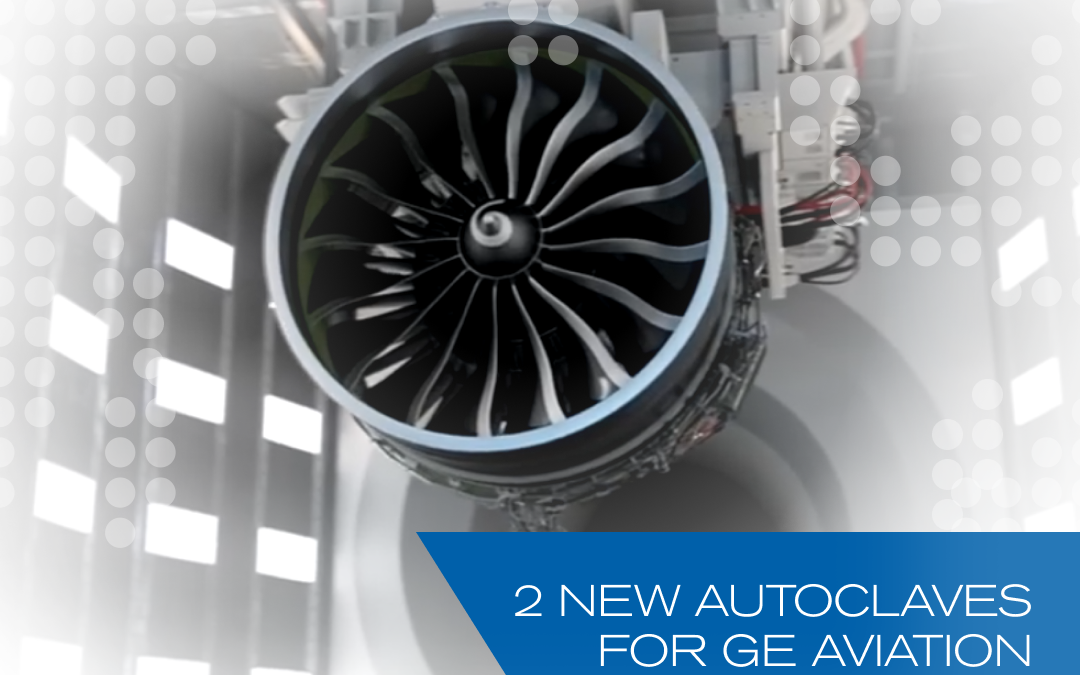The aviation sector has historically been characterized by its constant search for technological advances that boost the efficiency, safety and performance of aircraft. In this context, composite materials have gained prominence in the aerospace industry as one of its most significant innovations, revolutionizing the way modern aircraft are designed and built. With their unique combination of properties, they have succeeded in overcoming the limitations of traditional materials and taking aviation to new heights.
Composite parts for the aeronautical industry
As a result, today virtually every part of major aircraft components, such as wings, stabilizers, and fuselage (front, center, or rear on both commercial jets and helicopters), is already made of fiber composite material. carbon.
The fuselage of an aircraft, for example, is the main structure that houses the passengers and cargo. The use of composite allows to reduce its weight and increase its structural resistance.
In the case of the wings, these are fundamental pieces for the support and control of the aircraft. In order to improve their aerodynamic efficiency, these and the complementary structures, such as leading edges, flaps, spoilers, ailerons, wing trailing edge or central wing boxes, among others, are also manufactured with composites / carbon fiber.
The same goes for stabilizers and rudders. These parts are responsible for controlling the direction and stability of the aircraft, and are manufactured with composite materials to increase their resistance and responsiveness.
What are the most commonly used composite materials in the aerospace industry?
Composite materials are a class of materials made by combining two or more different components to obtain properties superior to those of the individual materials. Carbon fiber, fiberglass and epoxy resins are the most widely used compounds in this sector. They interlock and layer together to form a strong, lightweight structure optimized to withstand the rigorous conditions aircraft are subjected to in flight.
What benefits and opportunities do they bring to the aviation industry?
- Lightness and Strength: Both carbon fiber and fiberglass are known for their exceptional strength-to-weight ratio, being significantly lighter than traditional metals such as aluminum and steel, allowing aircraft reduce their overall weight. This weight reduction improves the fuel efficiency, flight performance and payload capacity of the aircraft.
- Greater efficiency: Due to their lightness, these materials allow aircraft to consume less fuel during flight. This not only reduces operating costs, but also reduces greenhouse gas emissions and contributes to environmental sustainability.
- Higher Structural Strength: Composite materials offer high tensile strength, which means they can withstand heavier loads without deforming. This structural resistance allows them to face the aerodynamic and mechanical forces to which they are subjected during the flight, thus improving the safety and durability of the structures.
- Flexible Design: Composite materials are highly moldable and flexible, allowing for more complex and streamlined shapes and designs. This translates into an improvement in performance, since aspects such as reduced drag and increased aerodynamic efficiency can be optimized.
- Less maintenance: They are characterized by offering greater resistance to corrosion and fatigue compared to traditional metals. This means that structures made of composite have a longer useful life and require less maintenance. Furthermore, their resistance to corrosion makes them especially suitable for use in marine environments or in the presence of corrosive chemicals.
- Ongoing Technological Advances: Research and development continues to drive the improvement of composite materials in the aviation industry. New types of fibers and resins, as well as more efficient manufacturing techniques, are being explored with the aim of reducing production costs and expanding the applications of composite materials in industry.
How to meet the challenges of manufacturing with these materials
Although composite materials offer numerous advantages, they also present challenges in terms of manufacturing. The production of composite components requires specialized equipment and techniques.
Our autoclaves have contributed to the manufacture of those parts and components that have been essential in the aviation industry and have come to market for a wide variety of programs: commercial aircraft (A320, A350, A330 and A380), regional commercial aircraft (ERJ-145, CSeries, E170-190, ATR72), helicopters (NH90, Tigre, EC 135…), defense (A400M, C295, CN235…), etc.
At our facilities, located in the north of Spain, we continue to work and innovate in the manufacture of this equipment, which is already used successfully in the treatment of composite materials by a multitude of companies at the highest level.
Composite materials are currently considered the foundation on which the world’s lightest, most efficient and most sustainable aircraft are built. At Olmar we believe in working alongside the best to lead the aerospace industry into a new era of boundless innovation and performance. Will you join us?





